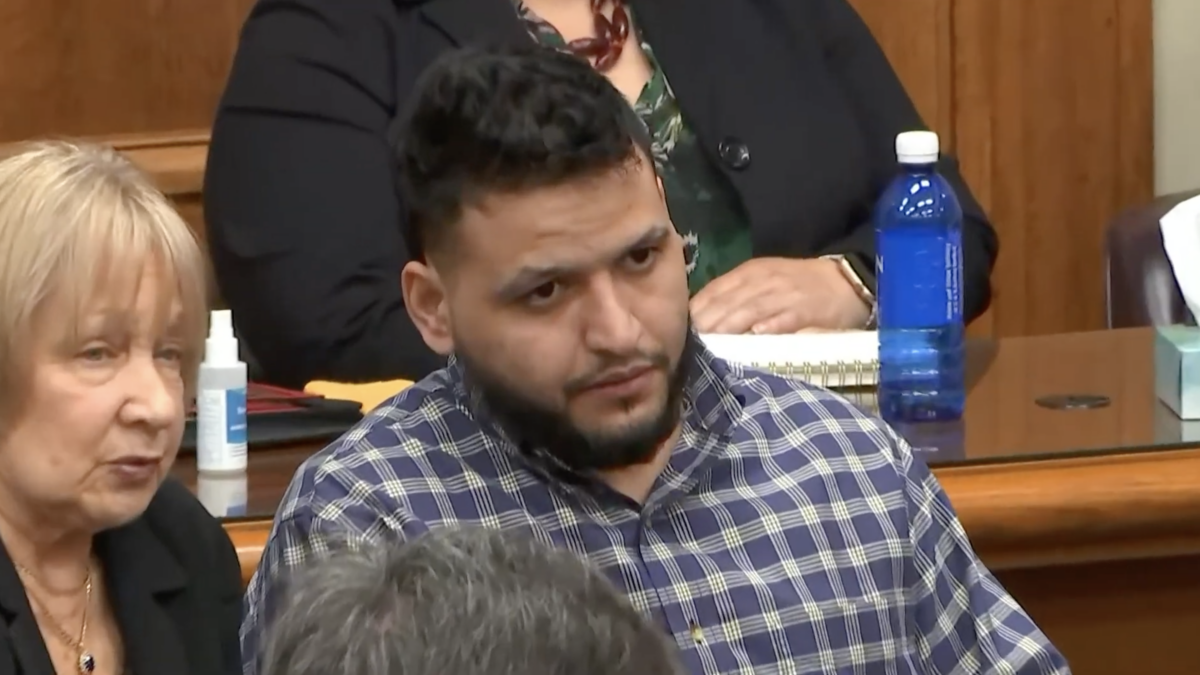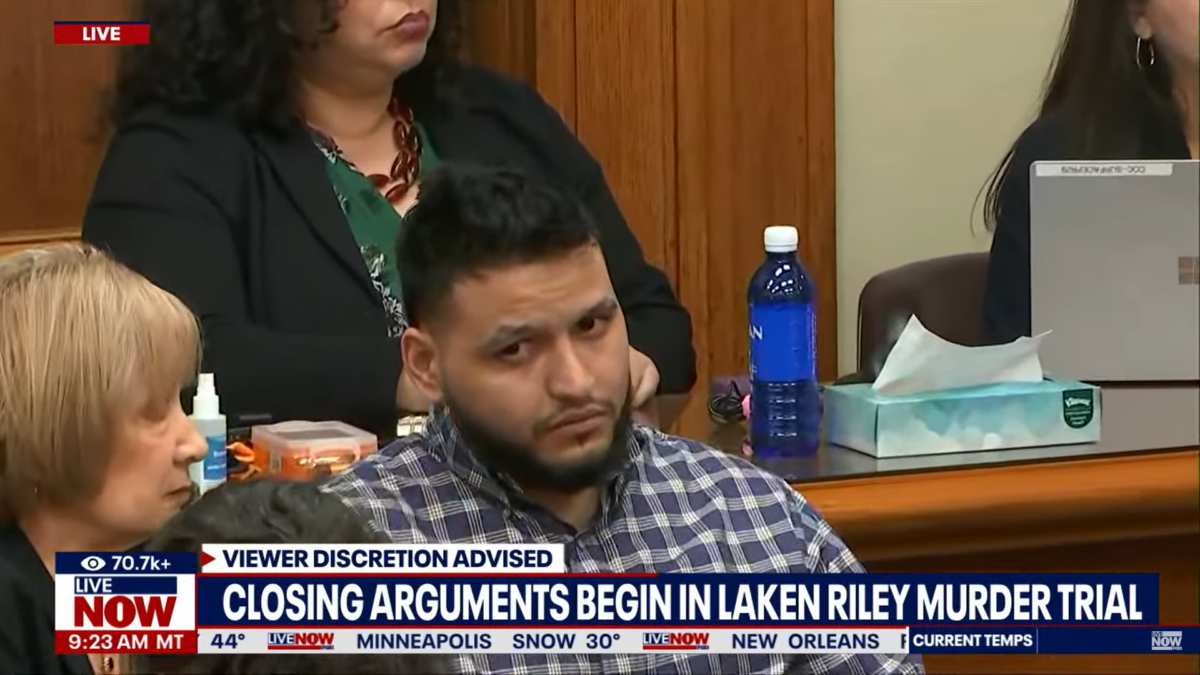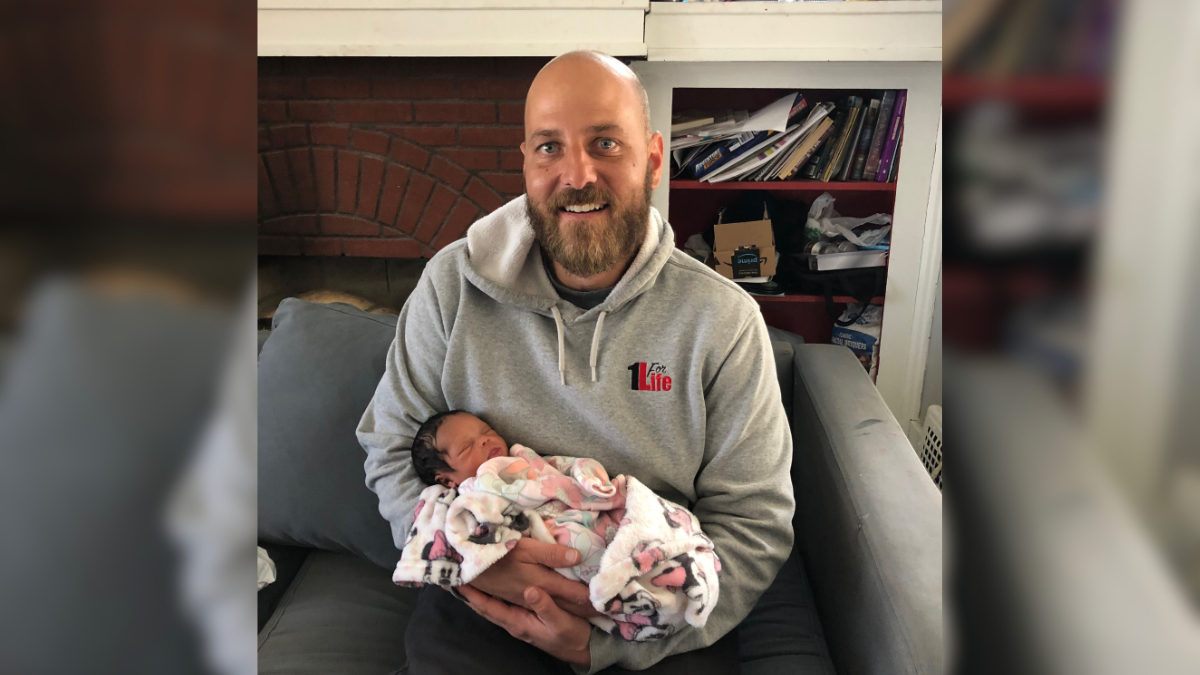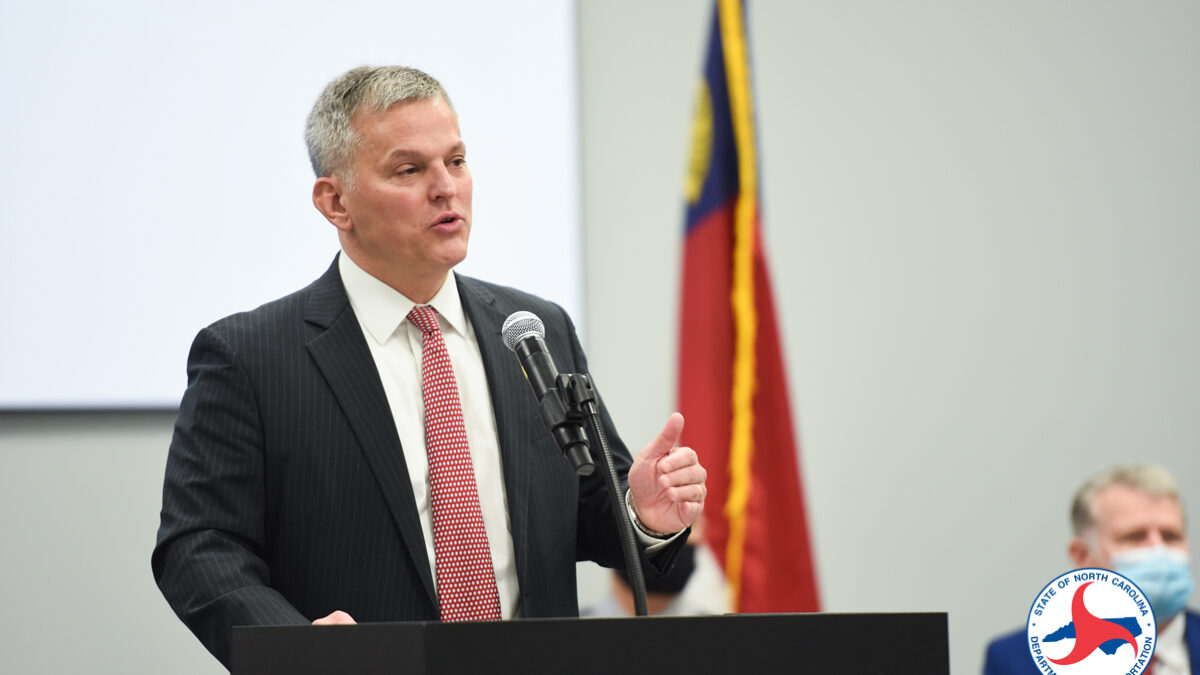
There’s a growing debate in America today about criminal-justice reform, and the best way to address non-violent, drug-related crimes. Unfortunately, nationwide our focus has centered more on growing our prison populations than on getting to the root cause of these crimes: addiction.
This has taken its toll in many ways, from the families that are torn apart when a loved one is sent to jail to the taxpayers who are left footing an ever-increasing bill for our criminal-justice systems.
But there is a better way. I am a firm believer that the states are laboratories of innovation—that, given the flexibility, they will implement policies that work most efficiently to address the needs of their citizens. And the criminal-justice debate is no different.
Consider the Texas Experience with Criminal-Justice Reform
I know this first-hand. You see, Texas was one of many states that spent billions locking up kids for minor offenses. In jail, these individuals learned how to become hardened criminals. Out of jail, they often repeated their crimes.
The result was a significant fiscal burden on taxpayers and a segment of society shut out from hope and opportunity. And while arrests for violent and property offenses steadily declined throughout the 1990s, drug-related arrests increased by more than 60 percent.We knew we needed to do something, and do it quickly. That’s why, when John Creuzot, a Democratic judge from Dallas, shared an idea that would change the way we handled cases of first-time, non-violent drug offenders, I listened.
As the founder of one of the first drug courts in Texas, Creuzot argued that, for many low-risk, non-violent offenders, incarceration is not the best solution, and can increase the odds that an individual will commit additional crimes after release. Just as importantly, he emphasized that by treating addiction as a disease, rather than simply punishing the crimes it compels, we could give new hope to people trying to get their lives back.
His evidence was compelling. Recidivism in his program was 68 percent lower than other state courts, and every dollar he spent saved $9 in future costs. So in 2007, with broad support from Republicans and Democrats, Texas changed course.
Here’s What We Did that Worked
We expanded our commitment to drug courts that allow offenders to stay out of jail if they agreed to comprehensive supervision, drug testing, and treatment. We invested more in treatment and rehabilitation programs for drug addiction and mental illness, and shifted our focus to diversionary programs like community supervision. We reformed our approach to parole, imposing graduated sanctions for minor violations instead of immediate re-incarceration.
We also implemented common-sense policies, such as allowing individuals to earn their way off probation through exemplary conduct and by achieving benchmarks, such as obtaining a degree. We passed legislation allowing nonviolent offenders to earn up to 20 percent of their terms by completing treatment and vocational programs proven to reduce recidivism.
The results have been extraordinary. Texas’s crime rate has dropped to its lowest point since 1968 and, during my tenure, Texas’ crime rate shrank by almost 24 percent. In fact, for the first time in state history, Texas is closing prisons without replacing them—three units since 2011. On top of that, this more efficient approach has saved Texas taxpayers $2 billion.
The Best Benefits Are Personal
But perhaps the most significant result is the countless individuals and families who are better off today because these Texans were given a chance to minimize the damage they had done to their lives. And for some people, a chance is all they really need.
We need more of this forward-thinking policy making around the country to continue to improve our criminal-justice system, which is why I have joined Right on Crime in the fight for criminal-justice reform.
Their focus on individual liberty, personal responsibility, transparency, and limited government is the foundation for the type of real, life-changing reform that benefits all Americans. By working with policy makers and conservative leaders in dozens of states to provide conservative solutions for their individual challenges, we all benefit.
These efficiencies don’t end at the state level. The smart policies in states like Texas, Georgia, and Mississippi can also have a significant impact on the federal criminal-justice system. With more than 4,500 crimes on the books and a federal prison system that has grown 750 percent since 1980, it is time for Washington to act.
Right on Crime is on the forefront of defining what it means to be smart on criminal justice. I look forward to working with them to make America freer, safer, and truer to our core values of limited government and personal responsibility.









